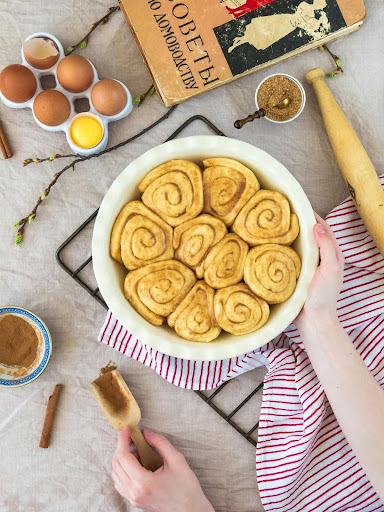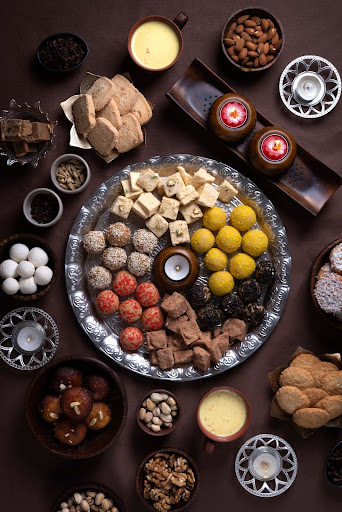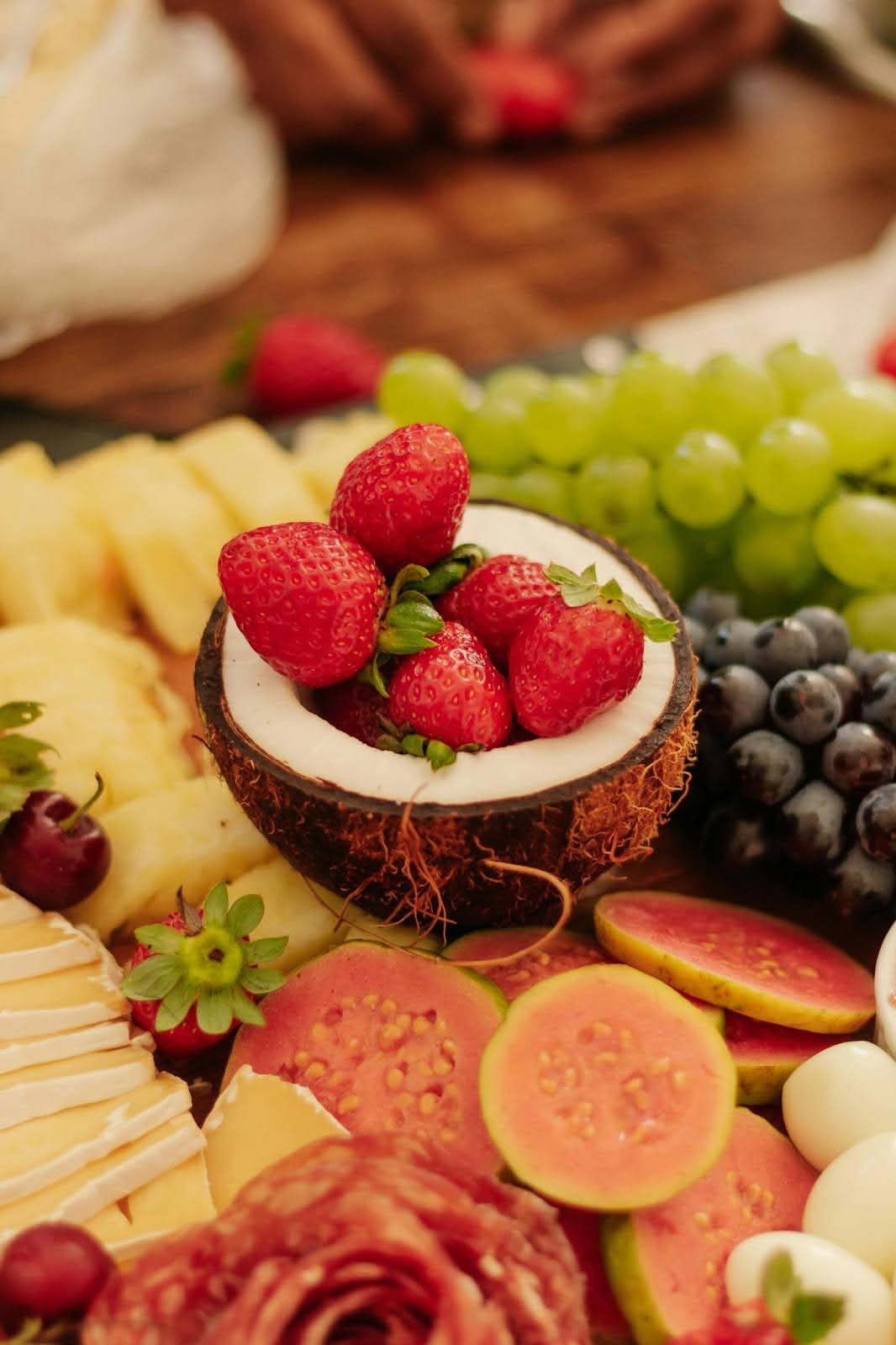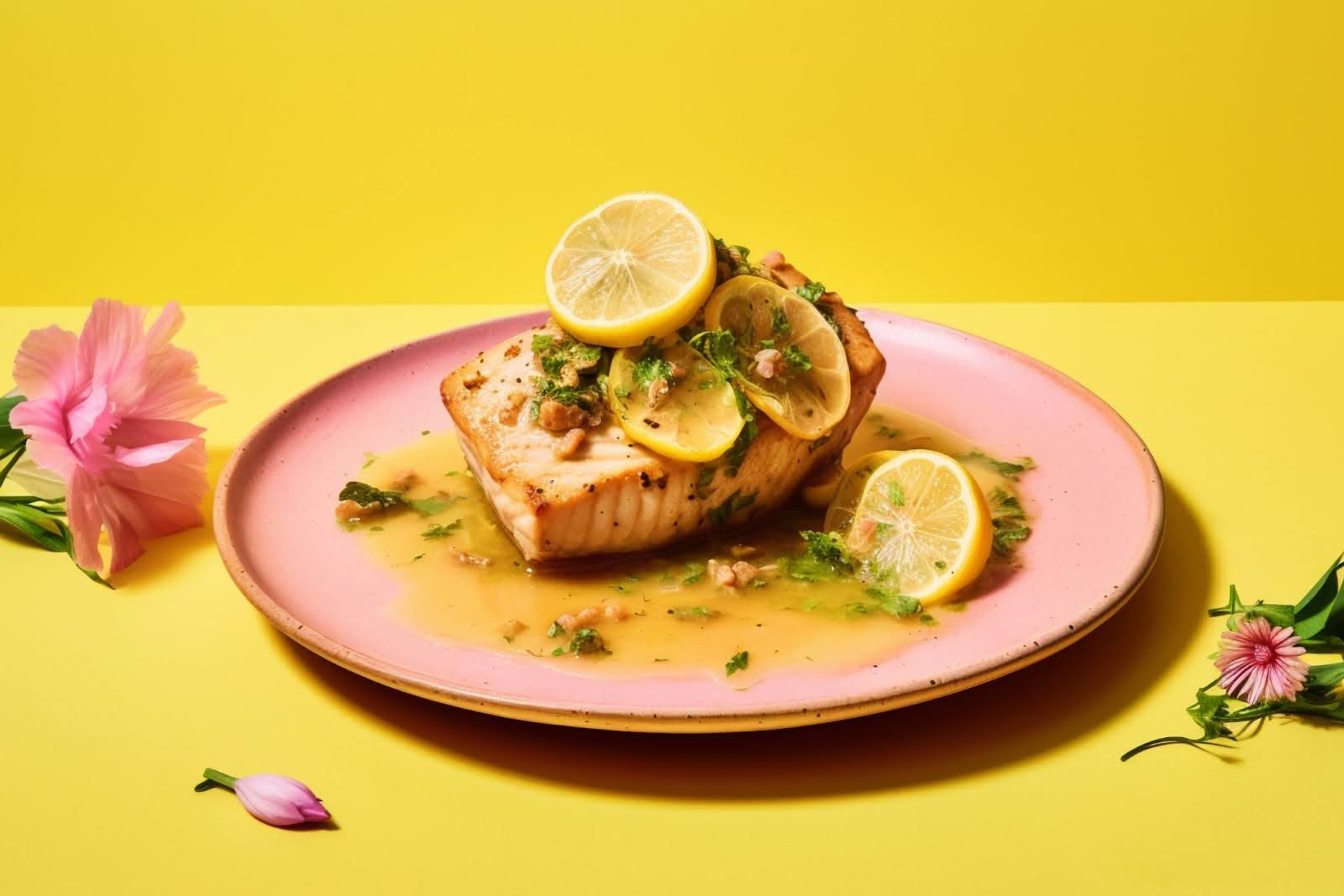Discovering Precolonial Filipino Recipes: Sweets

There are very long list of Philippines desserts but Philippines is famous for Precolonial Filipino Recipes Sweets. The Filipino’s sweet dish recipes from before colonization are distinctly original and Indigenous recipes before the cuisines evolved with foreign tastes.
In this article, the author aims to enlighten readers with more information on the nature, history as well as preparation methods of this lovely confectionery.
Precolonial Filipino Sweets: Noviceiseconds
Introduction of Filipino Desserts
A wide and varied preparation of Filipino sweet dishes can be traced back long even before the foreign colonization of the country.
They had to make do with what wasớmỵi in their vicinity; coconuts, rice tropical fruits; and whatever sweetener was available which was honey.
These components served as a major feature of practically all classic confections.
It is not just about putting up sweets as a treat because exercised in conjunction with social functions and festivals.
For instance, during harvest, people would bring all sorts of kakanin (rice cakes) to their neighbors and friends as a way of showing their thankfulness.
This practice shows how significance of food and its impact on the culture of the precolonial Philippine community.
Kakanin Varieties
Kakanin can be described as diverse rice pastries which are seizures of Filipino cuisine.
Such sweets are made of glutinous rice flour cooked in coconut milk and sugar therefore surprising the consumer with varying textures and tastes. Some popular kakanin include:
-
Biko
: A cake prepared from glutinous rice cooked with coconut milk and brown sugar and topped with latik (condensed coconut curds). Biko is usually eaten during festive occasions but it has unfortunately become a favorite Filipino delicacy because of its wonderful taste and its somewhat sticky texture.
-
Suman
: This is a dessert product made by packing glutinous rice in banana leaves and steamed until soft. Popular accompaniments include sugar or ripe mango pieces, it means that it can be eaten as a snack or taken after a meal.
-
Kutsinta
: A type of steamed rice cake that is slightly chewy and sticky and most often garnished with grated coconut. Kutsinta is popular because of its brown color with glazing brown sugar or caramelized sugar.
All kinds of kakanin have their own way of cooking preparation and taste that’s why it becomes famous in every celebration and fiesta.

Ube Halaya (Purple Yam Jam)
Ube halaya is a lovely purple edible prepared from a boiled purple yam (called ube), sugar, and coconut milk.
This confectionery product is usually eaten alone or added to other dishes such as halo-halo. The preparation involves several steps:
-
Boiling the Ube
: First, let’s chop the purple yam and boil until the veggie softens and is tender on the inside.
-
Mashing
: When done, you need to very carefully mash the ube until the texture is paste-like.
-
Cooking
: In the same pan set aside the mashed ube with added sugar and coconut milk. Stir, and cook the mixture over low heat until it becomes thick.
Ube halaya can be considered a tasty dessert that is even a representation of the beautiful produce of the Philippines.
Leche Flan
It is a Spanish-inspired dish but it forms such a crucial part of Filipino food culture. Flavors – This delicious custard is made with egg yolks, carnation condensed milk, carnation evaporated milk, and steamed to yumminess.
The traditional preparation includes:
-
Caramelizing Sugar
: First of all, heat sugar in a pan until it is golden brown.
-
Mixing Ingredients
: Combine egg yolks with condensed milk and evaporated milk in a different bowl making sure to blend the mixture well.
-
Combining
: It is then poured over the caramelized sugar in a mold.
-
Steaming
: To set the mixture, cook it in steam until it is ready, this usually takes about 30-40 minutes.
What will come to your mind when you hear the name leche flan? Of course, it will be associated with a birthday celebration or any special date in the Filipino calendar.
Other Notable Precolonial Filipino Recipes Sweets
In addition to kakanin and popular desserts like ube halaya and leche flan, there are numerous other traditional sweets worth exploring:
-
Bibingka
: A special dish prepared with rice cake for confection during the celebration of Christmas, covered in clay pots with banana leaves upon cooking. Originally, the flavor came from its charcoal baking.
-
Puto
: A type of steamed rice cake that it is soft, fluffy, and just mildly sweet. It can be eaten as a little’ bite on the side or a snack and pairs well with salty meals such as dinuguan (pork blood stew).
-
Turon
: Fried ripe bananas that is created by wrapping pieces of banana in spring roll wrappers. Turon is usually wrapped in a layer of laing and then coated with caramelized sugar.
But these desserts not only address the Filipino’s sweet tooth but also provide them with a snippet about Filipino customs and practices.
Original Flavored Biscuits & Cookies From Grandma’s Recipes
Over time, in adapting to the changing trends in culinary wants, most chefs and individuals preparing meals at home are finding diverse ways to enhance traditional recipes with modern ingredients and procedures.
It is a reinvigoration of traditional confectionery, which is also useful when it comes to preserving the traditions of kitchen dining in modern settings.
Integration with Modern Components
Lately, Filipino food has received tremendous attention from the international community than before.
Hence a lot of chefs have seen it fit to incorporate certain changes to precolonial Filipino recipe sweets to suit the current generation.
For instance, ube has grown big beyond the Phils. it can I used to make ice cream, cakes, and other pastries.
Preserving Culinary Heritage
However, today’s trends dictate the new finds, but young Filipinos are returning to recipes of their ancestors more and more often.
Different restaurants and cooking colleges work with the aim to introduce younger generations to the aboriginal ways of preparation and the utilization of locally grown foods.
More and more workshops that promote traditional dessert-making are initiated so that families may once again get closer to their origins through food.
It has also benefited from social media as home cooks also have a way of showcasing the meals they prepare and the tales behind each dish.

Conclusion
Looking at pre-colonial Filipino recipe sweets provides the viewer a glimpse on Filipino tradition.
It is really bad when individuals crave something sweet yet, they are compelled to munch on deserts that are linked to culture and heritage.
Thus utilizing these recipes we can preserve part of our cultural identity while simultaneously benefitting from delicious tastes.
FAQs About Precolonial Filipino Recipes Sweets
-
In what pre-colonial Filipino sweets might the accompanying fixings at any point be found?
Other traditional items are rice such as glutinous rice and coconut milk together with natural products such as fruits such as mangoes and bananas and naturally made sweeteners such as honey.
-
What kind of traditional Filipino sweets would you be able to distinguish between the modern ones?
Traditional sweets mean those that only employ local products and no additives such as preservatives or artificial colors are added while modern sweets may mean those that incorporate new techniques or new forms of ingredients that are fashionable all over the world.
In this way, the sweet exquisite taste of these aged delicacies gets enjoyed through experimental preparation in our modern kitchens while licking the lips they really make pay tribute to the ingenuity of ancestors who probably created them.




